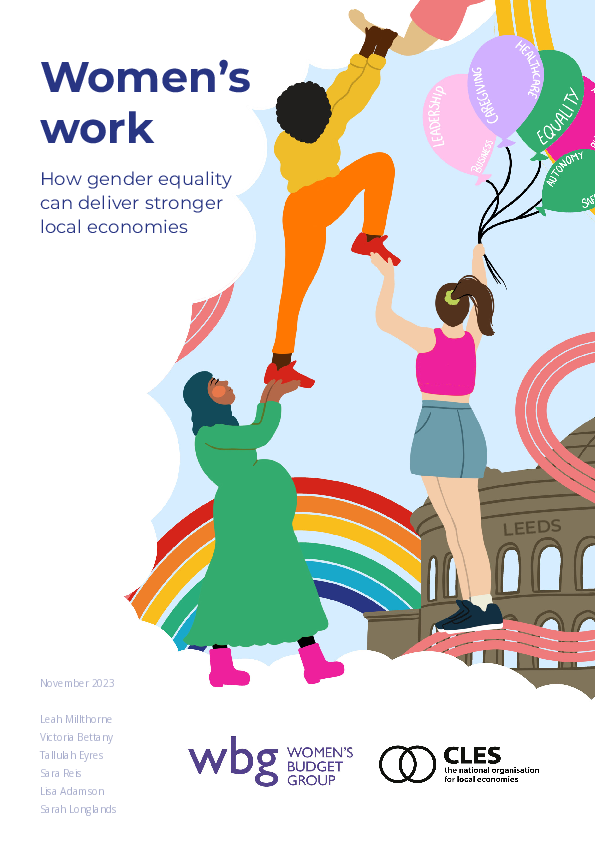Left and behind: women at work
This article originally appeared in the Municipal Journal.
In the run-up to the General Election, we will hear more about the need for a relentless focus on building a stronger economy in the UK – an economy that works for everyone. If we are really serious about a mission-based approach to our economy, we need to commit to building gender equality into our economic strategies, both at a combined and local authority level and with an appreciation of how gender intersects with other structural factors such as ethnicity, class, disability and age.
Recent research by the Centre for Local Economic Strategies (CLES) and the Women’s Budget Group (WBG) suggests the UK may be losing as much as £88.7bn every year from our economy due to the disadvantages women encounter in the labour market. This leads to under-employment and lower pay. It is the equivalent to the annual contribution of the UK’s financial services sector.









